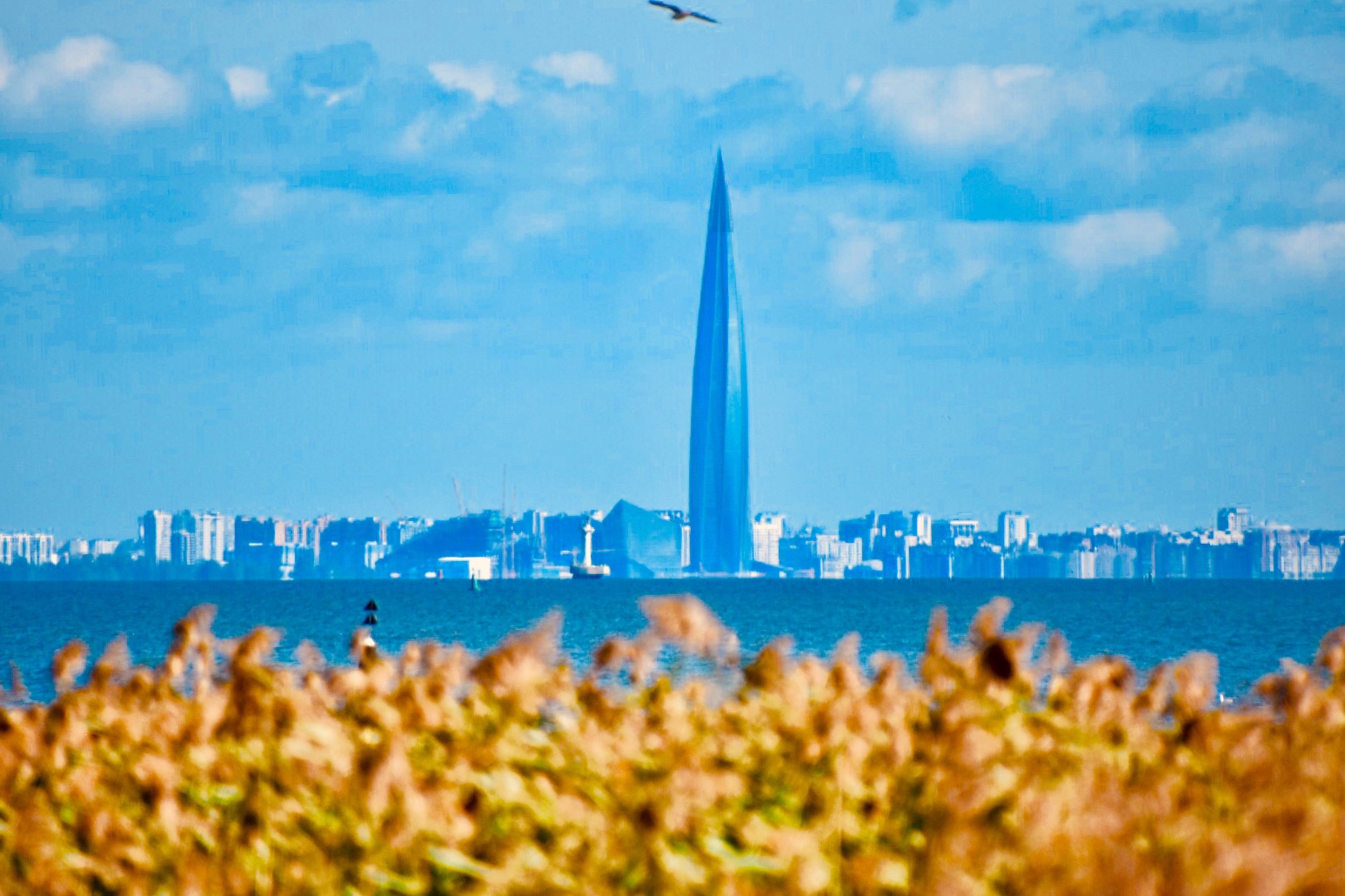
Baltic Blog part 1
After arriving at Gatwick and printing out our boarding passes and luggage tags and then affixing the tags to our bags and peeling off the receipts, we were asked to load our bags on the conveyor belt and scan them. Between us we were allowed 4 bags of 20kg each and anything over 20.9kg was automatically rejected so we had some shifting around to do before they trundled off. All this whilst three Norwegian employees just hung around loafing. I was half expecting to load the bags on the plane myself and possibly fetch my own snacks on the plane.
Stockholm, Sweden
The flight took only 2 hours and twenty minutes and we were then treated to a taxi ride costing $100. After dumping the bags at the Sheraton we headed out to Gamla Stan which is the old town and just a short walk across a bridge from our hotel. First impressions were that Stockholm was a very pretty capital city.
Stockholm is built on 14 islands with 50 bridges and the water certainly adds to its beauty. Dianna decided it would be a good idea to see Gamla Stan using scooters so we signed up to Lime scooters and threw caution to the wind.
The cobbled streets of the old town were not the perfect surface for the scooter wheels. In all fairness, they’re not the perfect surface for anything. Now I’m not averse to a little unexpected vibration every now and again but this felt like sitting on top of a washing machine during a particularly violent spin cycle. We survived the experience and found a suitable restaurant for dinner. Dianna had elk and I sampled reindeer; both were very tasty indeed.
After some early morning exercise we headed out for a few hours to see as much as we could. Back on the scooters and with no particular plan, we randomly scooted about to wherever looked interesting. I couldn’t tell you specifically what we saw but suffice to say it was this building and that building and a church or two and some bridges. I thought Dianna had a faster scooter than me until we swapped and it became apparent that it’s a weight thing. She was ahead of me for the most part, not just because of the weight issue but also because traffic lights don’t apply to her.
After a very pleasant morning we headed for the ship and boarded the Norwegian Spirit and immediately started enjoying our prepaid drinks package, before attending the Cruise Critic “meet and greet” which always guarantees a few weirdos. The rather tedious safety drill was livened up with Dianna misbehaving during the “missing room numbers roll call”.
Sweden has a population of just over 10 million and nearly all of them speak perfect English. I guess this is no surprise when you consider that no other country, with the exception of Finland (34%), speaks Swedish. It’s rather limiting.
And now for one of my favourite Swedish stories. In Sweden, Dagen H or H Day – Hogertrafikomlaggningen (catchy, I know) or in English, “The Right Hand Traffic Diversion” occurred on September 3rd 1967 when Sweden switched from driving on the left to driving on the right. The two main reasons were that Sweden’s neighbours all drove on the right, and secondly, most of the motor vehicles were left hand drive. However, the change was still unpopular. In a referendum in 1955 83% voted to keep driving on the right despite the advantages. A good example of people being resistant to change. Undeterred, in 1963, the Swedish parliament decided that because the number of cars on the road had tripled, the proposed change would be implemented and so began a four year education program.
Our first evening was rather peachy and I managed to resist the casino thanks to Dianna.
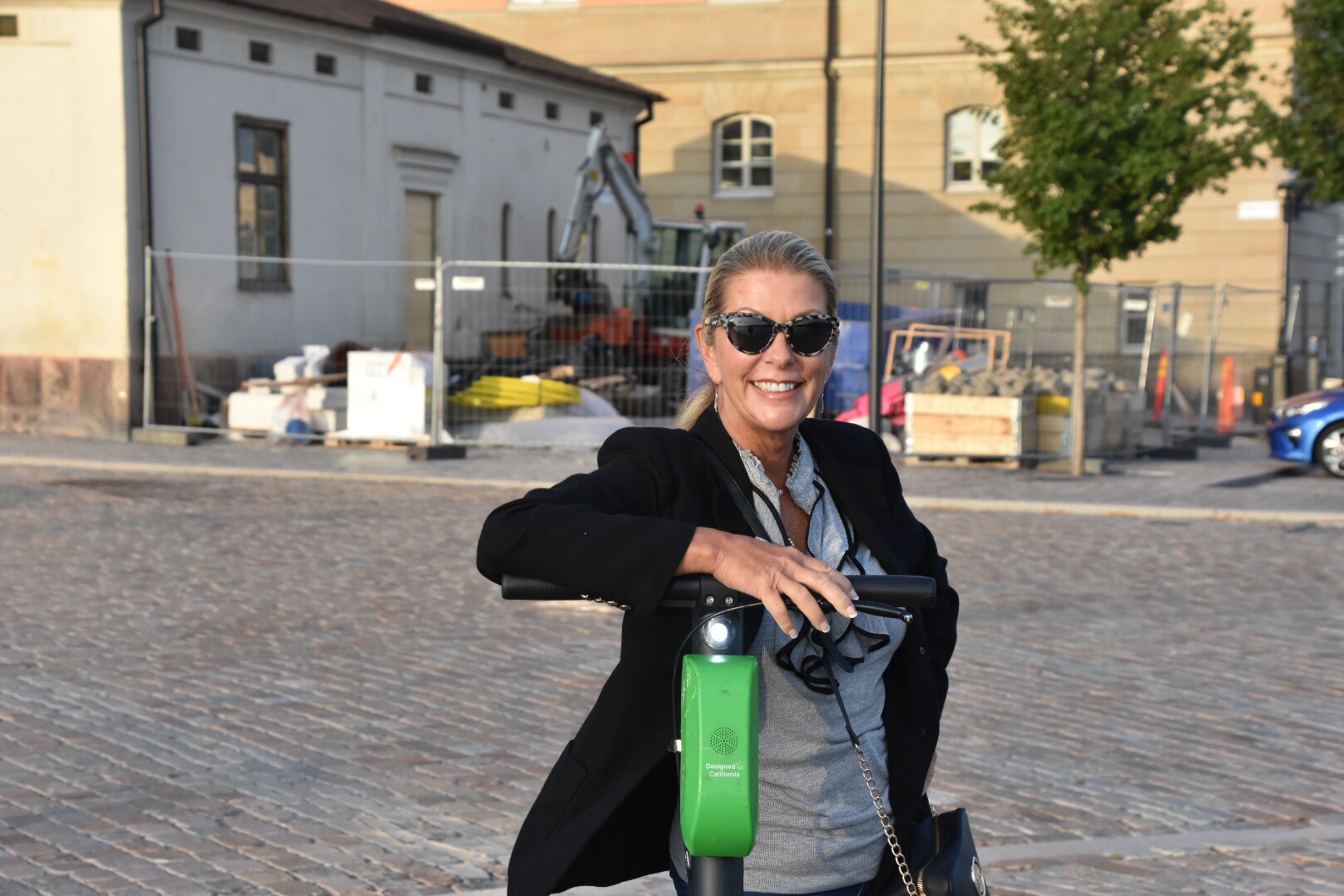
Helsinki, Finland
Our first stop was Helsinki and we parked up at 10am and shared a taxi with some Australians to the centre of town. We met Matt and he took us a short distance to see where he and Irje lived and we lingered a while with a pre-noon tipple or two.
After some brief strolling we found the Temppeliaukion Church or the Rock Church as it is more conveniently called. We all needed the facilities but unfortunately the church only has felicities for employees. Apparently they used to have restrooms for visitors but as volumes increased, (visitor volumes that is), they decided that the toilet facilities were not up to the job so the cafe round the corner gets a steady stream (pun intended) of people called Mustafa.
Irje suggested a late lunch by the water and we found a spiffing restaurant and somehow managed to polish off another three bottles of vino collaspo. Dianna proposed that we went back to the ship on scooters which considering we’d been drinking like professionals all day seemed like a great idea. Common sense prevailed and we got a taxi instead. Back at the ship by 6pm after a super day where Matt and Irje got to meet Dianna.
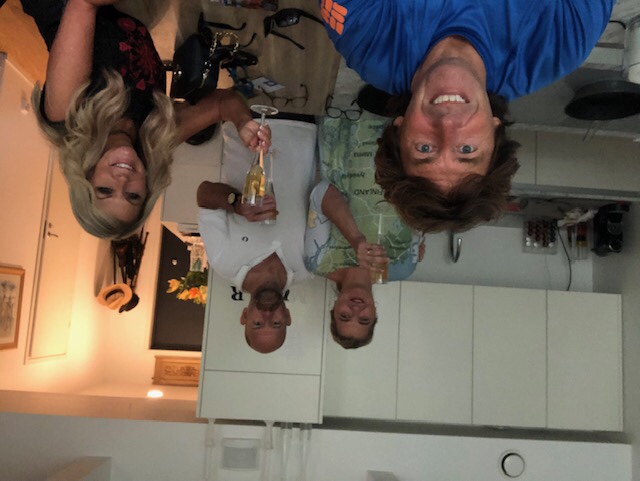
St Petersburg, Russia
Neither of us had been to Russia before and we were very excited about the two day excursion we’d booked. Visa requirements are waived if you book an excursion, either with the ship or through another recognised tour company. There are still restrictions in place though. You can’t leave the tour group and the guides escort you from and to the ship with no opportunities to go freestyle. There’s a gulag in Siberia specially reserved for wayward tourists.
Despite horror stories, getting through passport control was very swift indeed. We were hoping our tour was going to be small and intimate as it was called “Exclusive St Petersburg” but there’s enough ambiguity in the title and as such we ended up on a huge coach. Our guide was a Russian woman. We didn’t catch her name in the whole two days. Let’s call her Olga for the purposes of the blog. She certainly looked more like an Olga than say, a Ludmilla. There was also an assistant guide whose job it was to make sure none of us got lost. Probably KGB.
As the coach meandered through the city and over the River Neva it became quite clear that St Petersburg is a very impressive city. I was expecting women wearing headscarves munching cabbage and Lada’s everywhere but in two days I only saw one of each and even then, I’m not sure it was cabbage.
Our first stop was a ten minute walkabout around some square where we could admire the outside of a church. Then it was off to the Saints Peter & Paul Cathedral where a great many of the emperors and tsars are entombed. Nick 1 and 2 (and the rest of his family). Catherine the Great, Catherine the not so great, all three Alex’s, and Peter the Great (the second Peter) whose reign started a few weeks before his 10th birthday and lasted almost 43 years until his death at the age of 52. At that point his second wife, Catherine (the not so great) took over and lived for another few years until her death at the age of 43.
Next up was another church called the Savior of the Spilled Blood which I’d say was the most remarkable looking church we visited. Inside were mosaics and more mosaics and just when you thought you’d had enough of mosaics, you’d see even more. No statues and no art. Just mosaics. For mosaic lovers, this is the place to go and get unnecessary. I’m sure it features regularly in Mosaic Weekly. The church was built on the site where Emperor Alexander ll was fatally wounded in 1881.
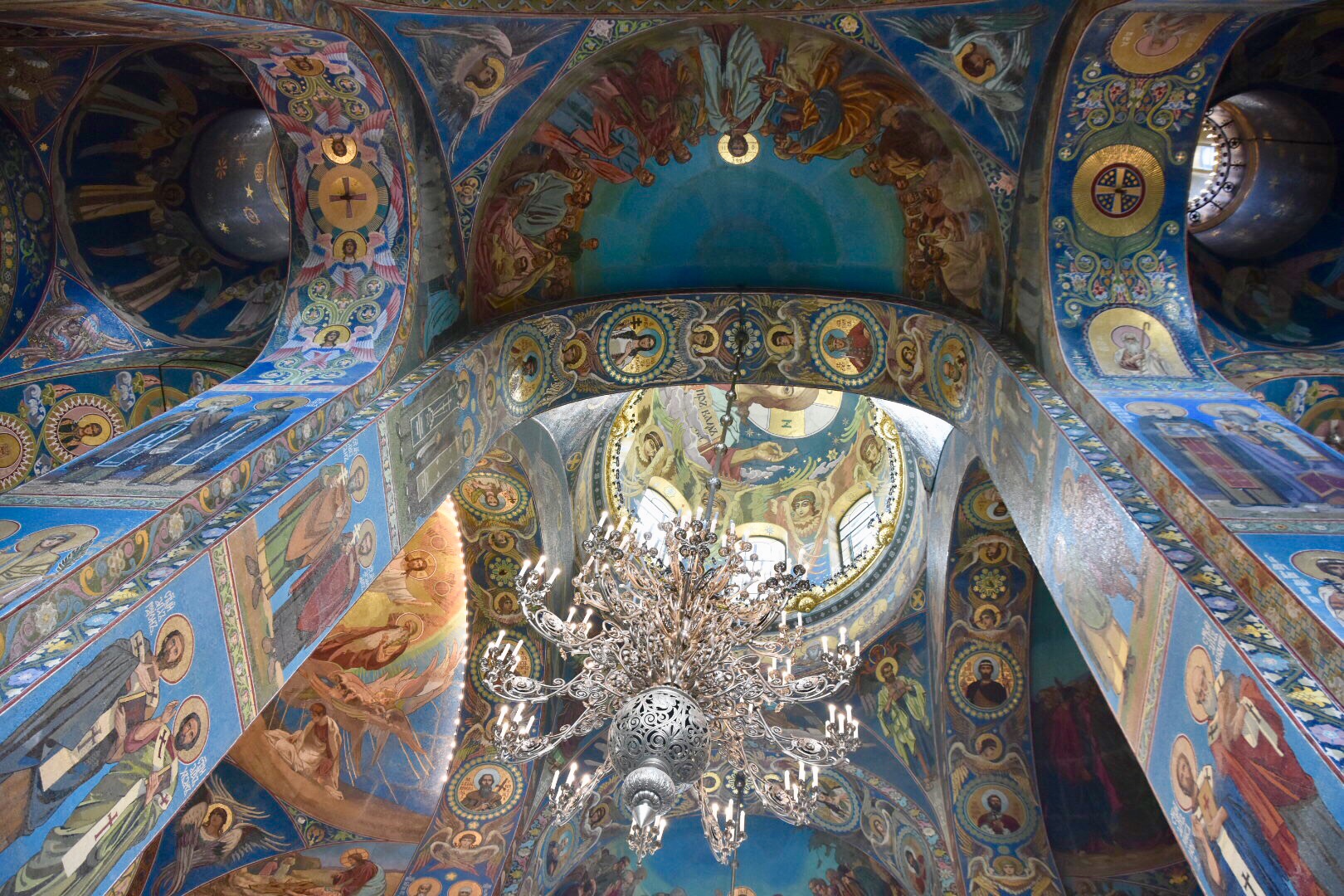
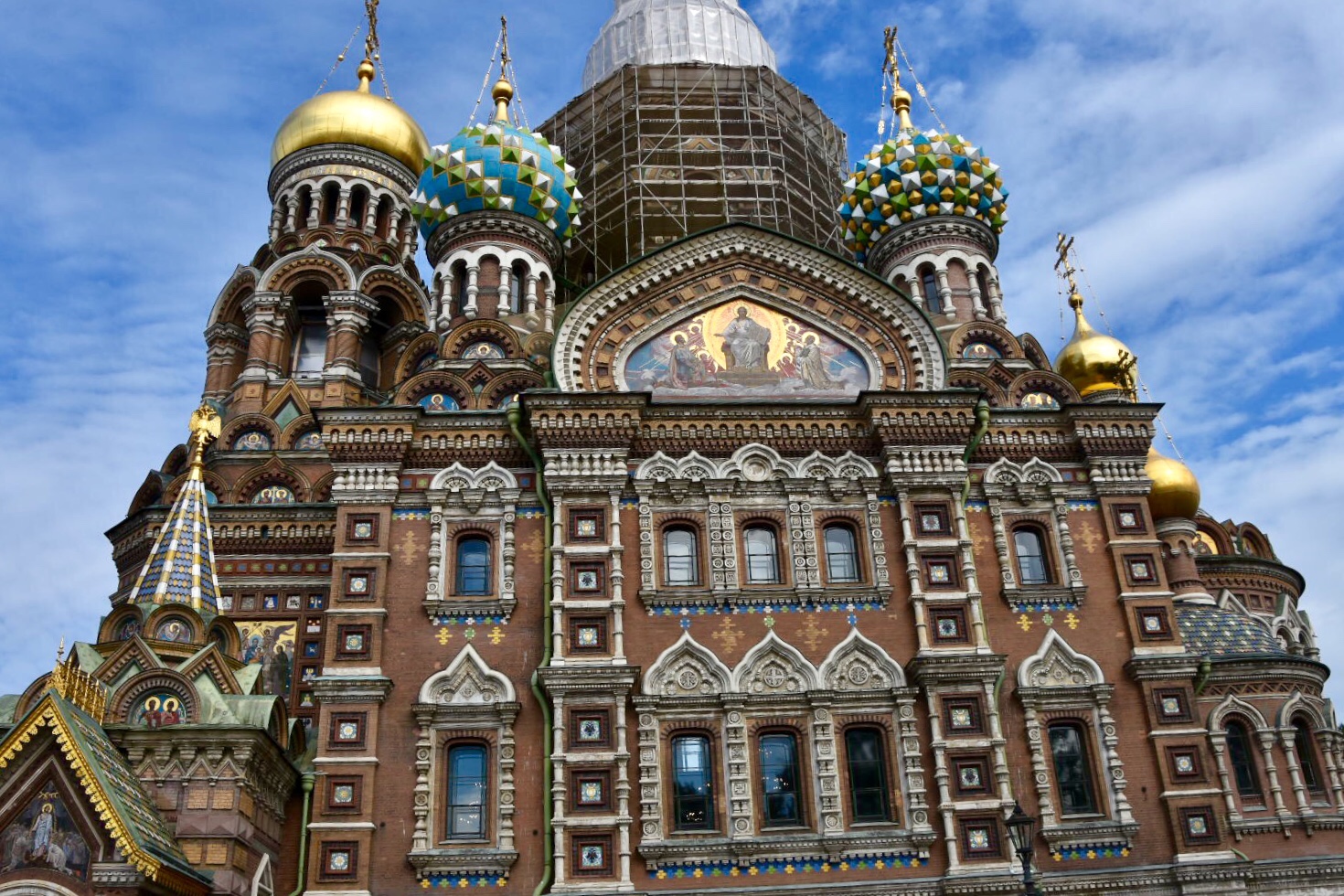
We left the church and followed Olga to a restaurant as we were on a “lunch included” tour don’t you know. Grated carrot surprise was followed by something equally mouthwatering.
We sat on a table with a couple from Montreal, Canadia and a couple from California, originally from Puerto Rica. The Canadian lady was of Portuguese descent and she also spoke French, Spanish and Hebrew (husband was Israeli) and boy did she like to talk. But very interesting.
After lunch we headed for Catherine Palace which was about an hour outside of the city. This palace was built for Catherine (the not so great) who was the wife of Peter the Great. I guess in every couple there’s only room for one Great otherwise the relationship just doesn’t work. The palace was nice enough but I think they should have words with their interior decorator.
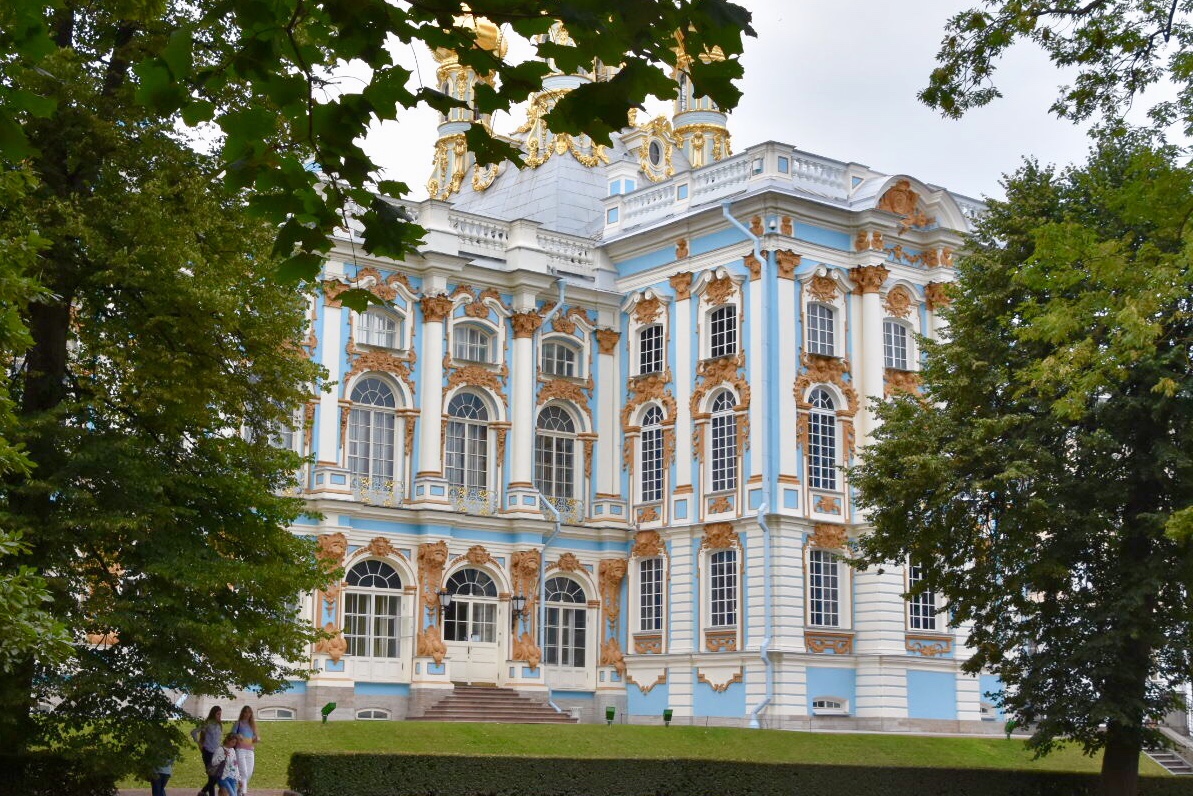
Day two started with a visit to a local souvenir shop and it was slick. As we entered at one end, we were given a basket and a glass of vodka. Dianna took the basket and I took one for the team and had the vodka. This place was incredible. This was a souvenir shop on a grand scale and we spent $133 on stuff that we really needed!
After being fleeced, we headed for Peterhof Castle which was the attraction I was most looking forward to. It was a fair way out so on the journey we had the chance to reflect on how the blazes did we spend $133 in a Russian souvenir shop.
We didn’t have tickets for the castle itself, just the gardens, but they were absolutely terrific. We had an hour of free time to mooch about but we could have easily spent a day there.
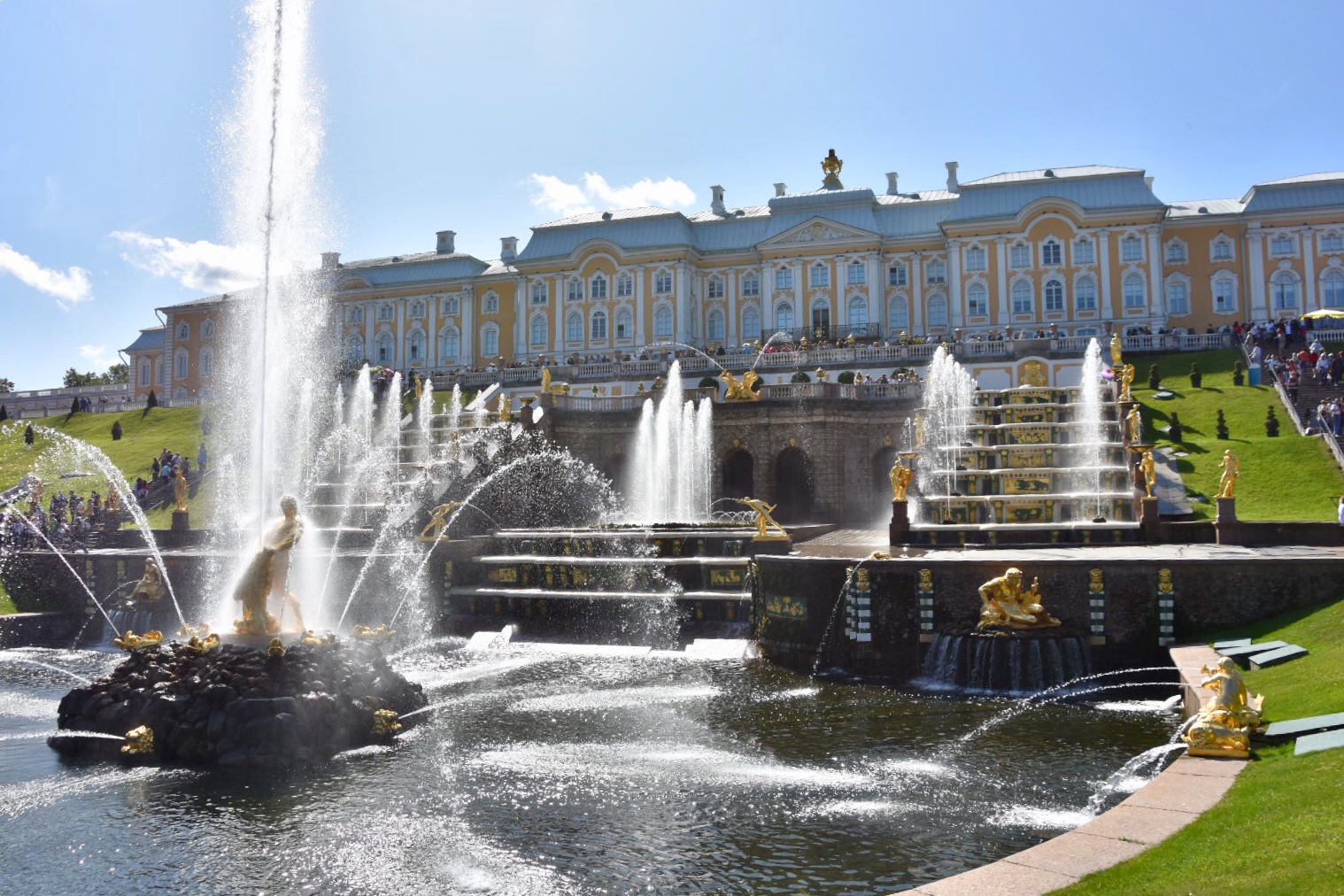
After Peterhof we re-boarded the coach and went for a traditional Russian lunch. Traditional Russian lunch I thought. You mean, grated carrot surprise could be eclipsed? Well it was. Borscht which is a soup made of spiralised beetroot. Surprisingly edible. This was followed by dumplings which again, hit the spot.
The grand finale of our two day Russian extravaganza was back to the city to visit the Winter Palace and the Hermitage which are all in the same complex. And the good news was that we were being joined by over half a million Chinese people with the cutest disregard for personal space. It was interesting to see the reaction of not just me and Dianna, but the whole of our group who at one time or another were severely tested by the rudeness of the newly liberated Chinese middle class. Apparently they pay extra to jump the queues and retain their backpacks.
The Hermitage is closed on Monday and we were there on a Tuesday which is apparently the busiest day. But…some of the people on our ship had managed to do a private tour on Monday when it was largely empty. Our experience was somewhat less delightful. It was a relief to get out and I was proud of myself that I hadn’t soured Anglo-Chinese relations except for one chap whom I had to manhandle in the most humane way. I mean I just had to. A goodly two days.
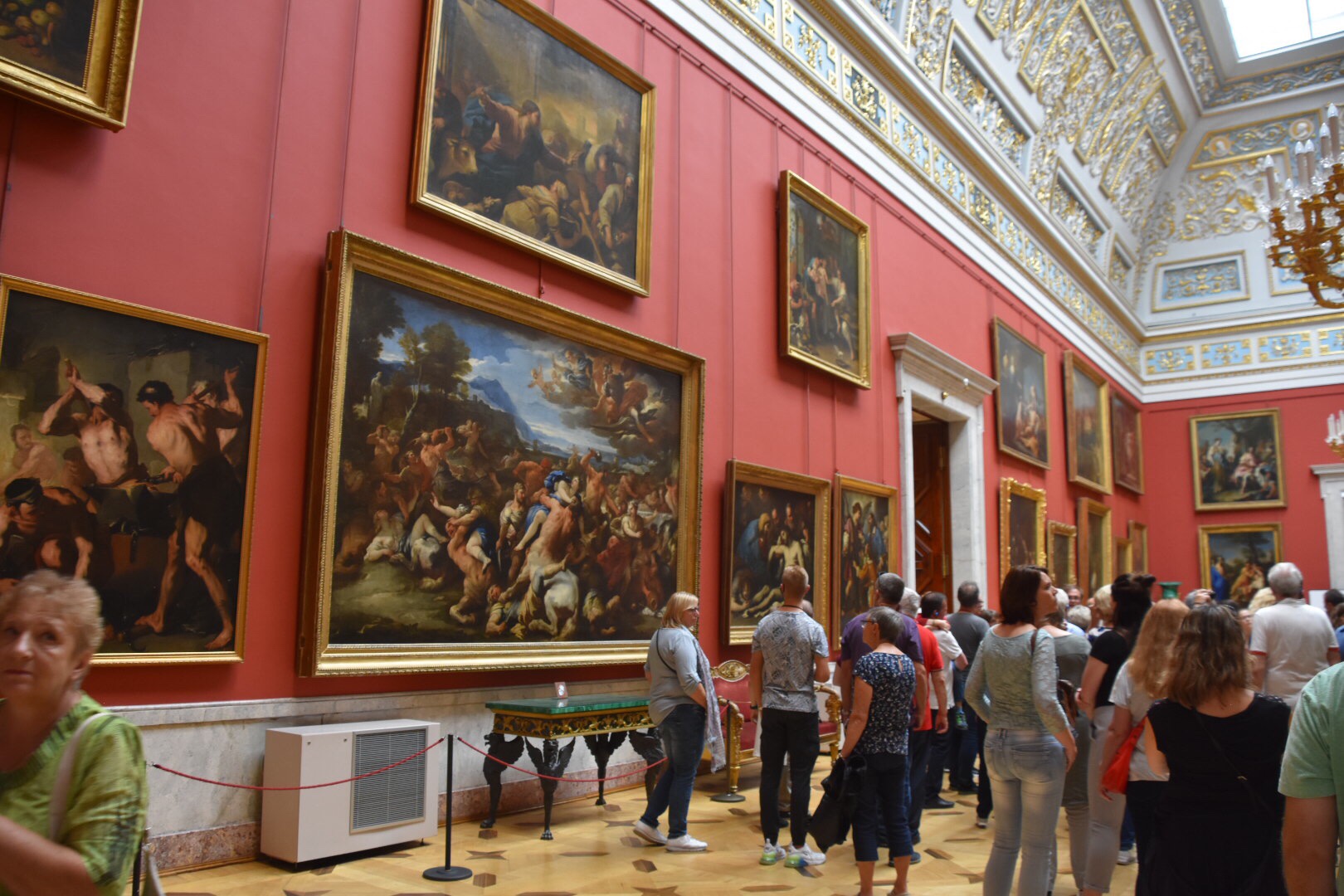
Incidentally, there was a hop on, hop off (hoho) bus option as an official ship excursion, which also avoided the individual visa issue except you couldn’t get off. This was Russia and freestyle wasn’t allowed so it was a hop on, stay on bus
St Petersburg has a population of 5 million and is Russia’s second largest and most westernised city. Since it was founded in 1703 it has been called St Petersburg, then in 1914 it became Petrograd and changed again I WWII to Leningrad before reverting to St Petersburg in 1981. Best job in St Petersburg? Sign maker.
Peter the Great was the first Emperor of Russia after the war between Sweden and Russia which lasted between 1700 and 1721. I know, Swedes at war. It makes no sense. And for 21 years. Blond hair, Abba, Ikea, Volvo, Bjorn Borg and a thermally beneficial line in winter clothing. That’s what I think of when someone mentions Sweden, not war.
Tallinn, Estonia
Despite the number of countries with a Baltic coastline, the term Baltic States refers to just Estonia, Latvia and Lithuania. Our first stop was in Tallinn which is the capital of Estonia. I visited there 16 years ago when Matt and Irje got married in Helsinki and I recall it being a very pretty place indeed.
The difficulty Tallinn was facing was that it followed on from St Petersburg which was magnificent. Our guide was called Anne who didn’t have the friendliest of faces but turned out to be fabulous.
Estonia the northernmost Baltic states with a population of 1.3 million. Its language is similar to Finnish however many of the same words have different meanings.
They have free public transport which came about after an election promised some years ago. Skype was invented in Estonia.
Our first stop was at an outside performance area where every five years they have the song festival. It had been the night before and Andrea Bocelli had been performing.
Our second stop was by an area where they had the sailing at the 1980 Moscow Olympics. Back in 1980 Estonia was under Soviet control. During that Olympics, 62 countries boycotted because of the war against Afghanistan.
Estonia gained independence from Russia at the end of the First World War. However in 1940 the Soviets took control again which lasted another 50 years until 1991. Estonia has now been in an independent country since 1991 – almost 30 years. This is the longest stretch of independence they have ever experienced. During the time of Soviet rule only three types of houses were available to people. Estonia regards itself as the least religious country in Europe.
Our third stop was the old town of Estonia where Anne walked us around and gave us a history lesson. We then stopped for lunch at a German restaurant which was very pleasant indeed and sat next to two gay Canadians and a couple from Maine.
After lunch we headed to Saint Nicholas Church which was probably the most unattractive church I’ve ever seen from the outside. We were attending a 20 minute private concert of music from the Middle Ages. There was a young man wearing pixie boots playing with his hurdy-gurdy and a smug looking flaming redhead with a tremulous warble and a tambourine. Mildly entertaining but I think the musicians enjoyed it more than the audience.
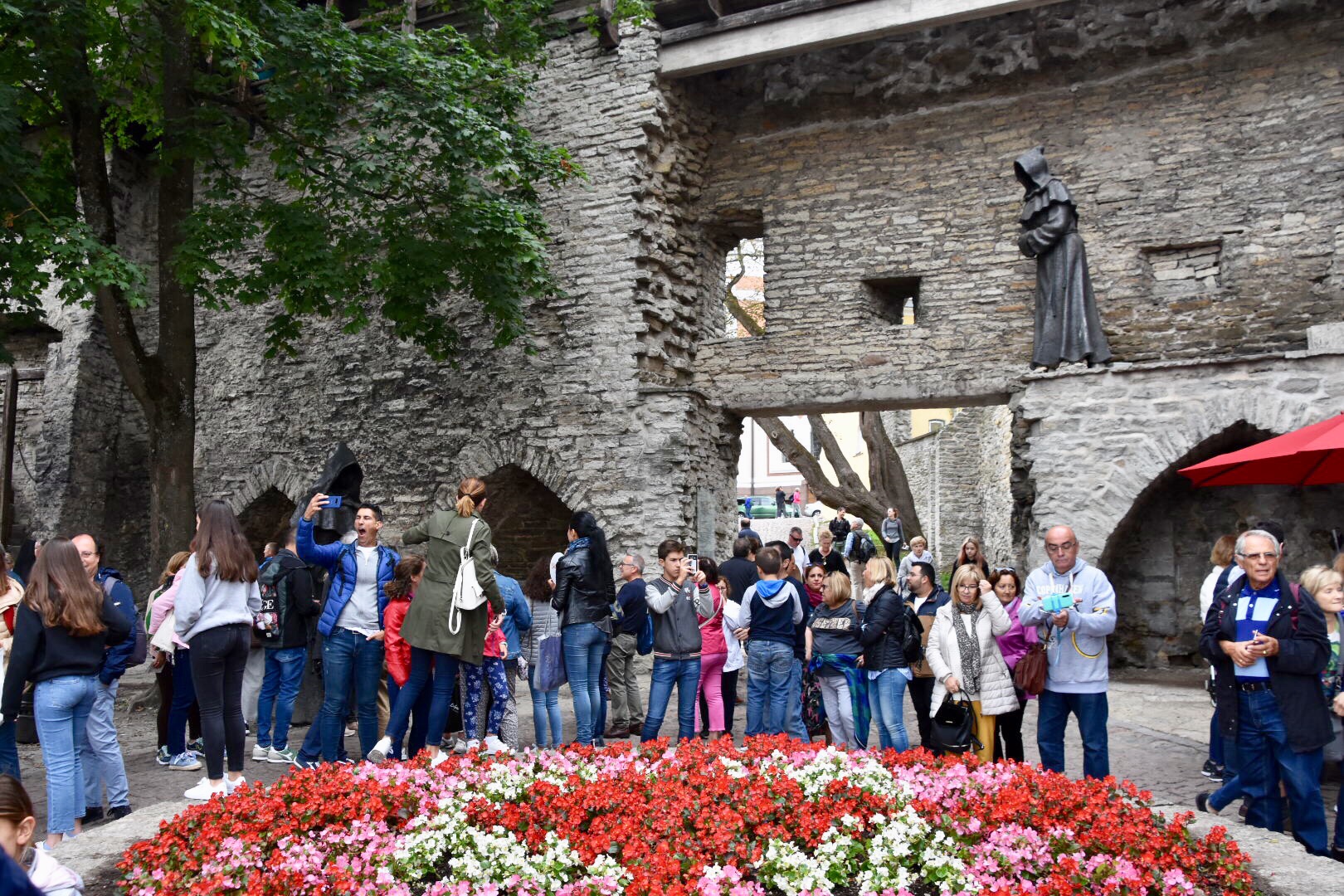
Riga, Latvia
Our second country in the Baltics was Latvia and we parked the ship in the capital, Riga which is a few km up the river Daugava. Latvia is home to 1.9m people and their official language is Latvian.
Interestingly, the three Baltic states speak different languages and can’t understand one another. Having said that, most people speak some Russian which is the common language.
Dianna and I were on an organised tour which after a brief drive through Riga, headed off to the town of Sigulda. Our guide was called Gita and seemed to know everything. What she didn’t know about Latvia wasn’t worth knowing.
During the time of Soviet control, buildings built with six floors or more had an elevator however five floors or less there was no elevator. As a consequence there are many buildings in Riga with only five floors.
We passed the Radison Hotel which at the time of Soviet rule was one of only two hotels where tourists could stay. The rooms were bugged by the KGB.
Our first stop was Sigulda Castle which dated back to 1203 (old). A swift stop lasting 15 minutes. Then on to Gutmann Cave for another whistle stop visitation. More of an indent than a cave but you play the hand you’re dealt and with the highest elevation a mere 311 metres in a generally flat landscape of which over 50% is forest, the largely unimpressive Gutmann Cave scores on the relativity scale.
Storks turn up in April and stay for the summer until their visas expire, and in late August they fly 5000km back to Sudan. Apparently there are 10,000 pairs of storks. In Latvia the stork is sacred and stork shooting is severely punished. They call themselves the stock capital of the world.
Everywhere we went into three Baltic states they were selling amber because 90% of the worlds amber comes from the Baltic Sea.
Latvia first gained independence on November 18th 1918 but the Russians took back control In 1940. 51 years later in 1991 they gained independence a second time.
We were in Latvia at the time of the 30 year anniversary of the human chain which stretched from Tallinn in Estonia to Vilnius in Lithuania via Riga in Latvia. And they made a human chain 600 km long with 2 million people. For a region where only 6 million people live this was quite incredible.
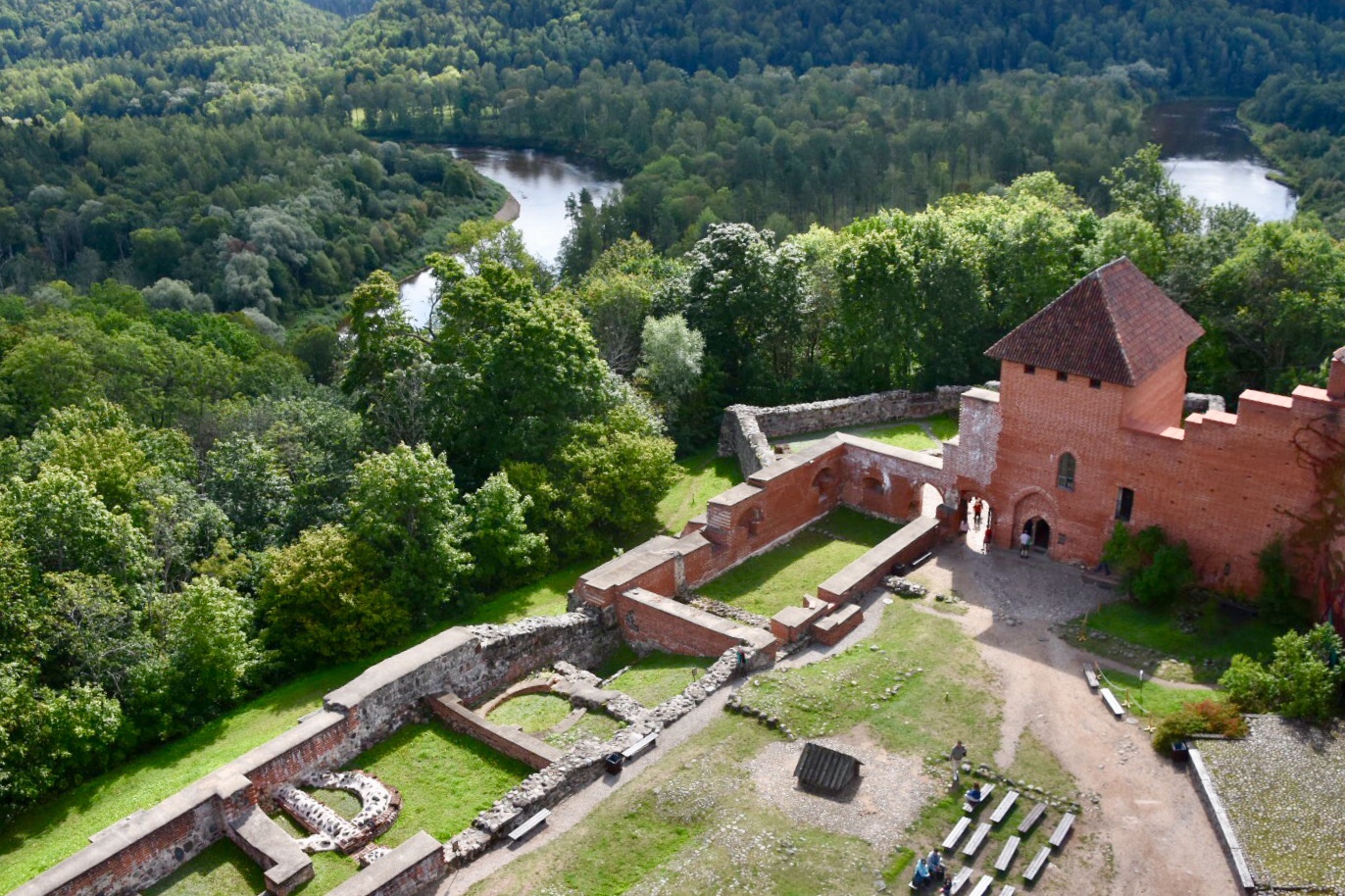
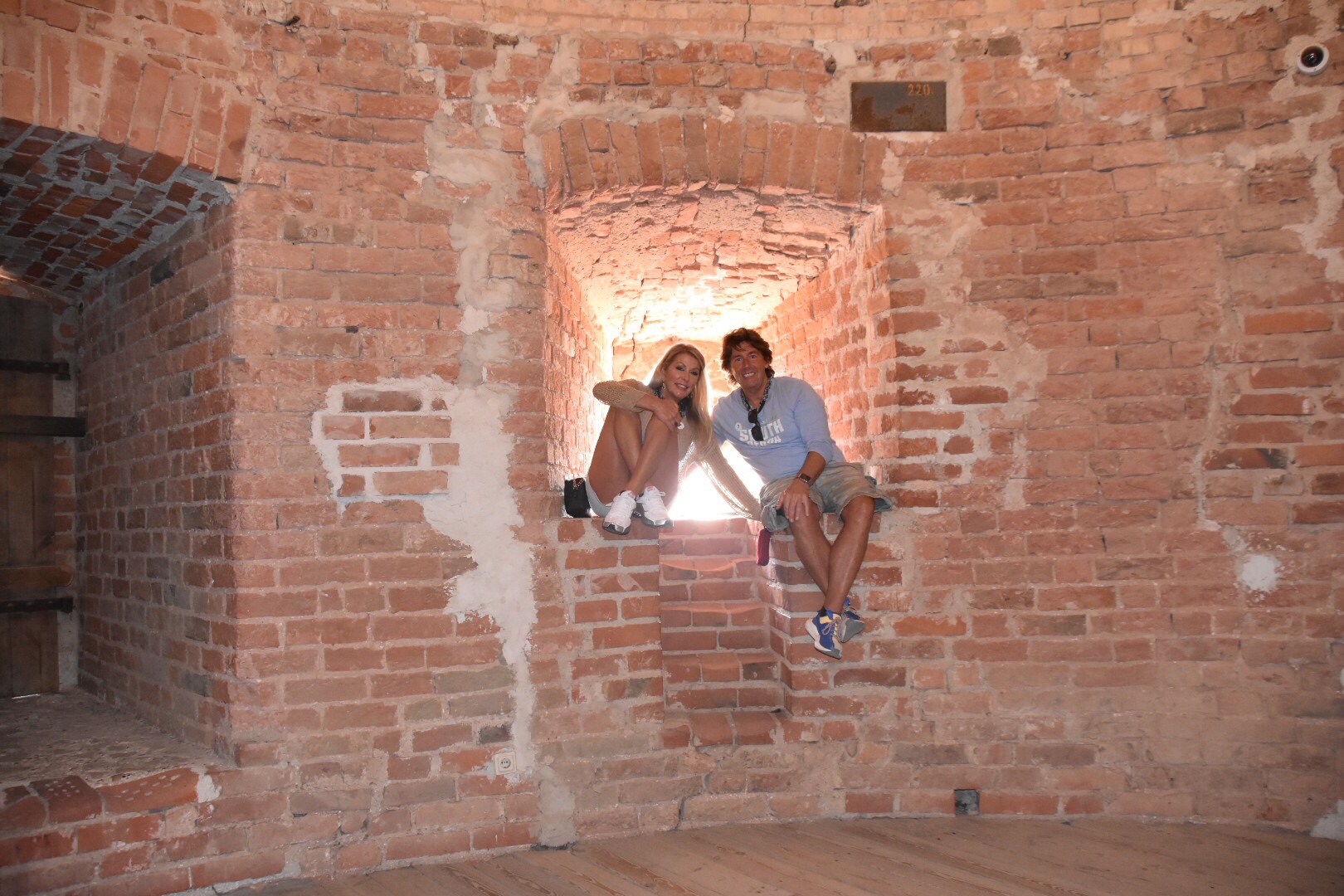
Klaipeda, Lithuania
Our last Baltic State was Lithuania and we stopped at the port of Klaipeda. Our guide was the young, handsome Antanas and I took an instant dislike to him. At first Diana had no problem with him however in the end she agreed with me that he was a dickhead. He was the only guide I didn’t tip.
Our tour was taking us to the only underground Soviet missile site. It was built in 1961 and stayed operational until 1978. It wasn’t until the weapons site closed that the local people realised it wasn’t even there. 5 km away from the main road in dense forest. Once the locals realised it had been abandoned they looted it for whatever they could get. Unfortunately this also included an aluminium alloy tank which held 85 tons of nitric acid. These particular looters met an untimely death after exposure to this hazardous material.
Four missiles in 30 meter silos each one 150 times more powerful than Little Boy which was dropped on Hroshima. These missiles could reach their targets in 12 minutes and everything in a 62 mi.² radius would be destroyed. Each rocket weighed 42 tons of which 37 tons was fuel. Touring the facility was very interesting despite the interruptions from dickhead.
After the tour we were given a short distance for lunch. We stopped at a wonderful place with beautiful gardens and wooden structures. Unfortunately we did not have enough time to look around the gardens as we were treated to a typical Lithuanian lunch – more cold beetroot soup and dumplings. We sat with a guy from Atlanta who was busy knocking off countries and was up to 43. He was only 41 years old so he has time.
After lunch we were driven back where we had the choice of disembarking and looking round the town or going straight to the ship. We decided to stay in the town not least to buy a magnet. It was a grubby little town square but I achieved my objective and we walked 15 minutes back to the ship. During the tour of the Baltic States it became very clear that they dislike the Russians intensely.
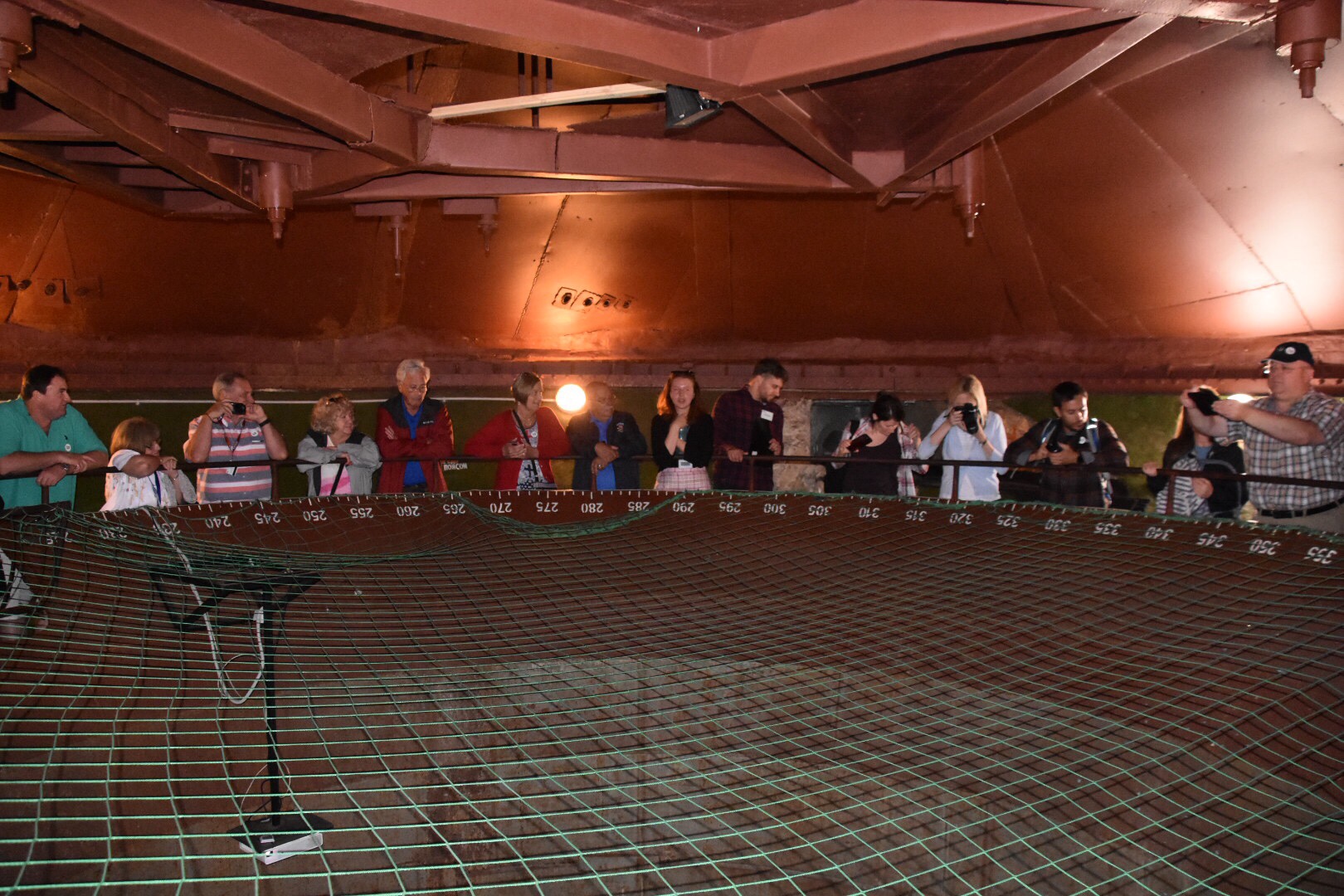
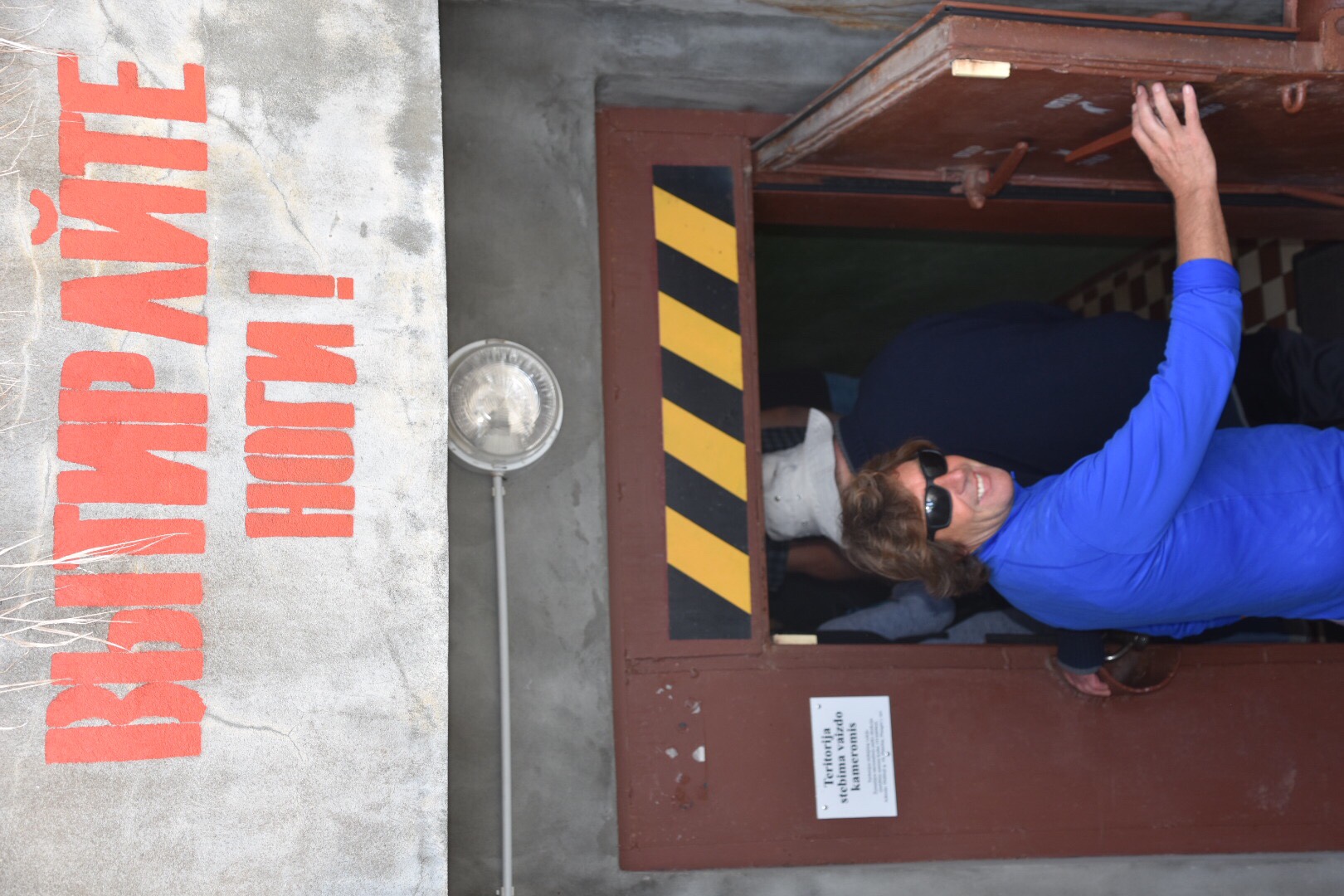
This Post Has One Comment
Leave a Reply
You must be logged in to post a comment.




Thanks for the fab tour, history lesson and giggle! You two look so happy. xxx